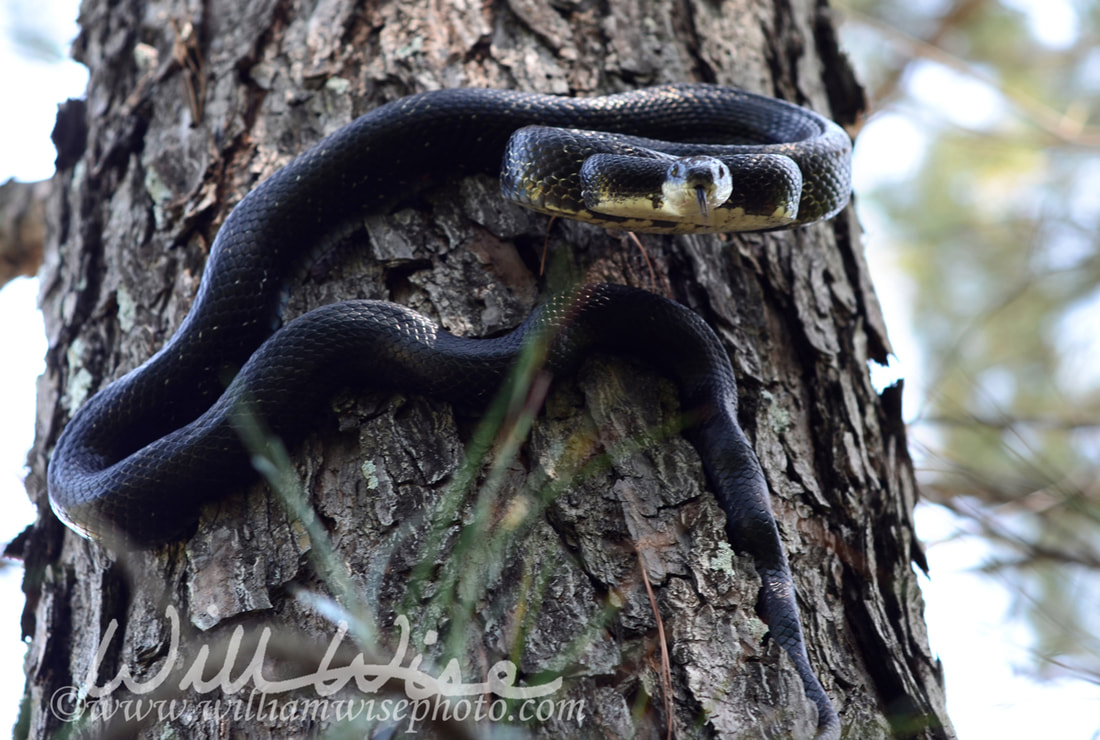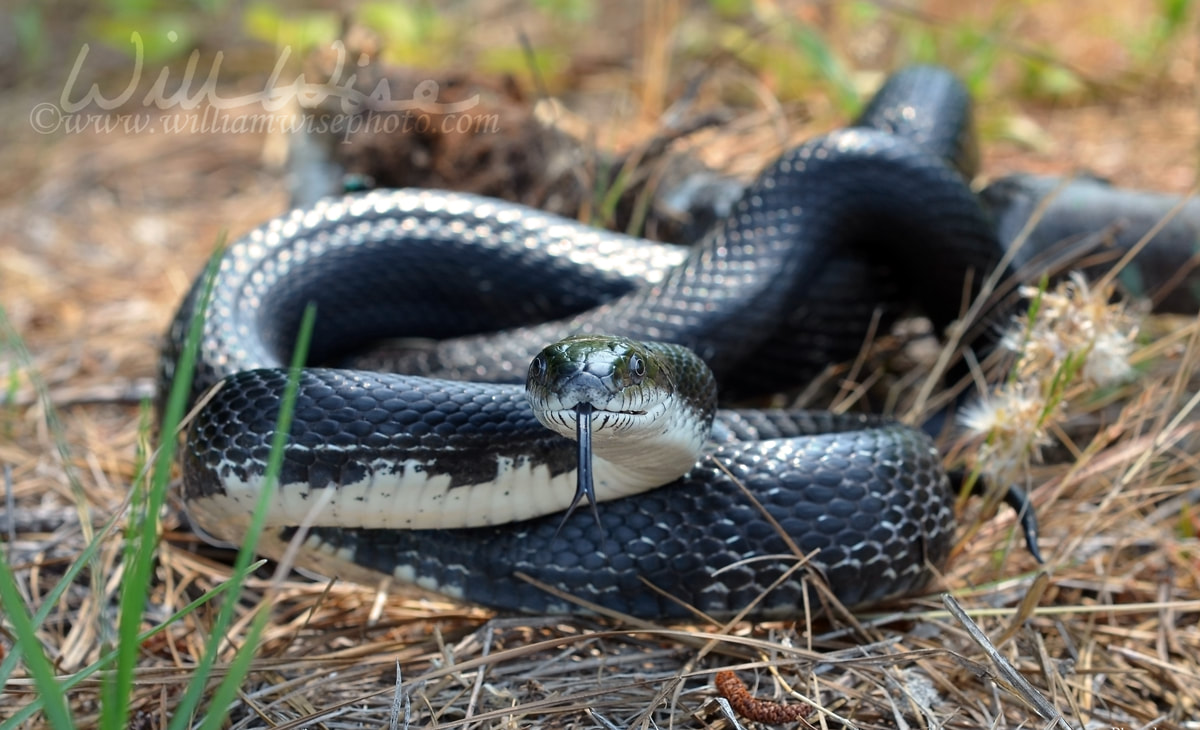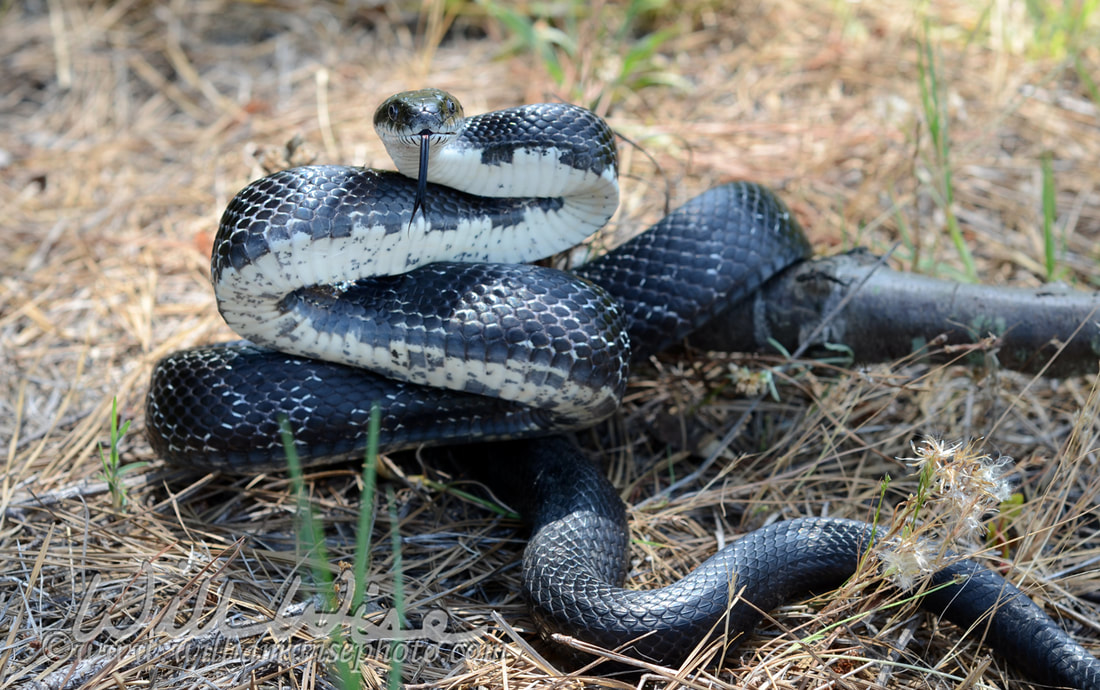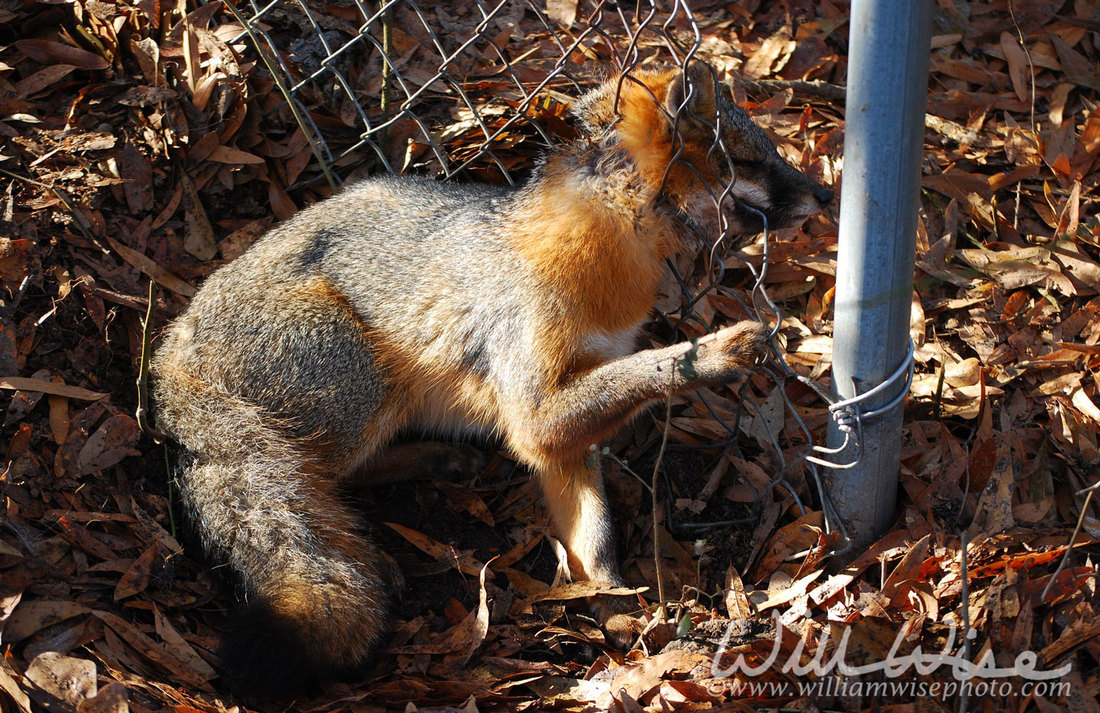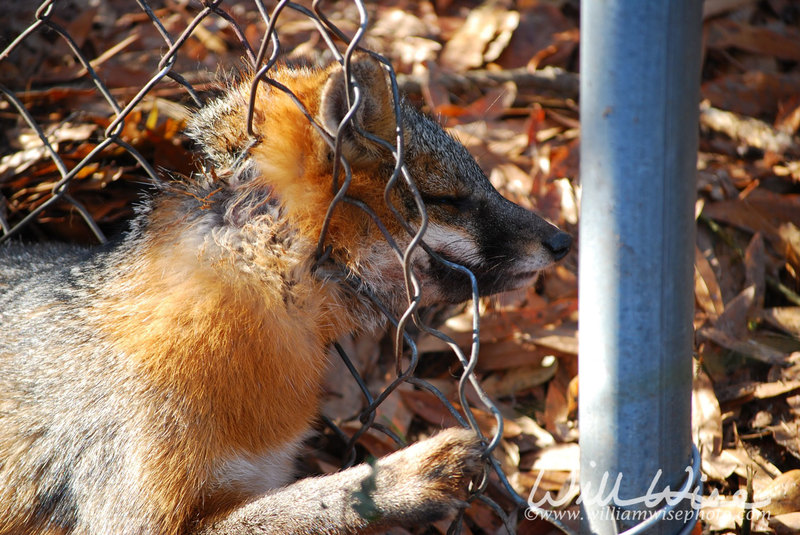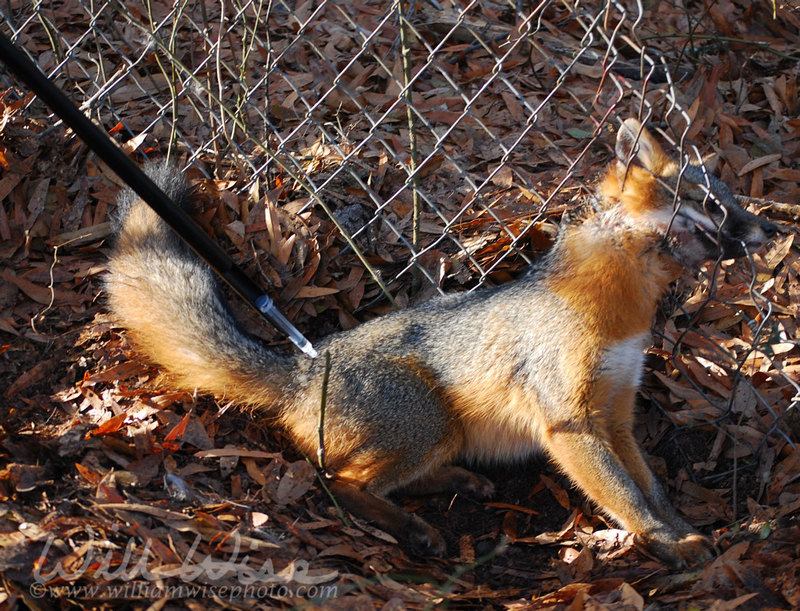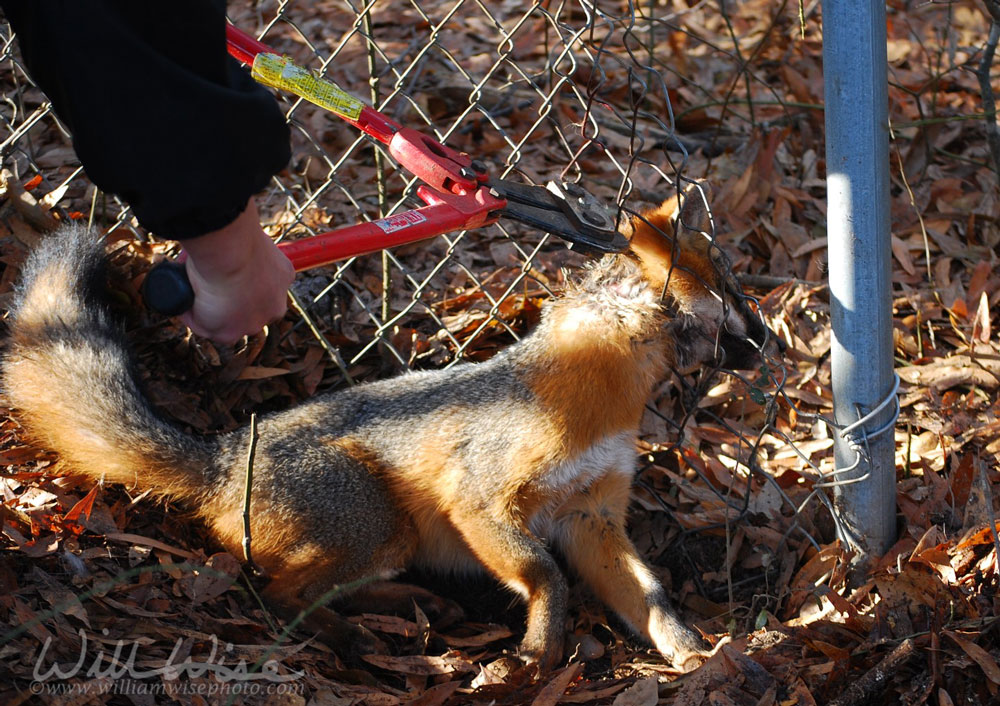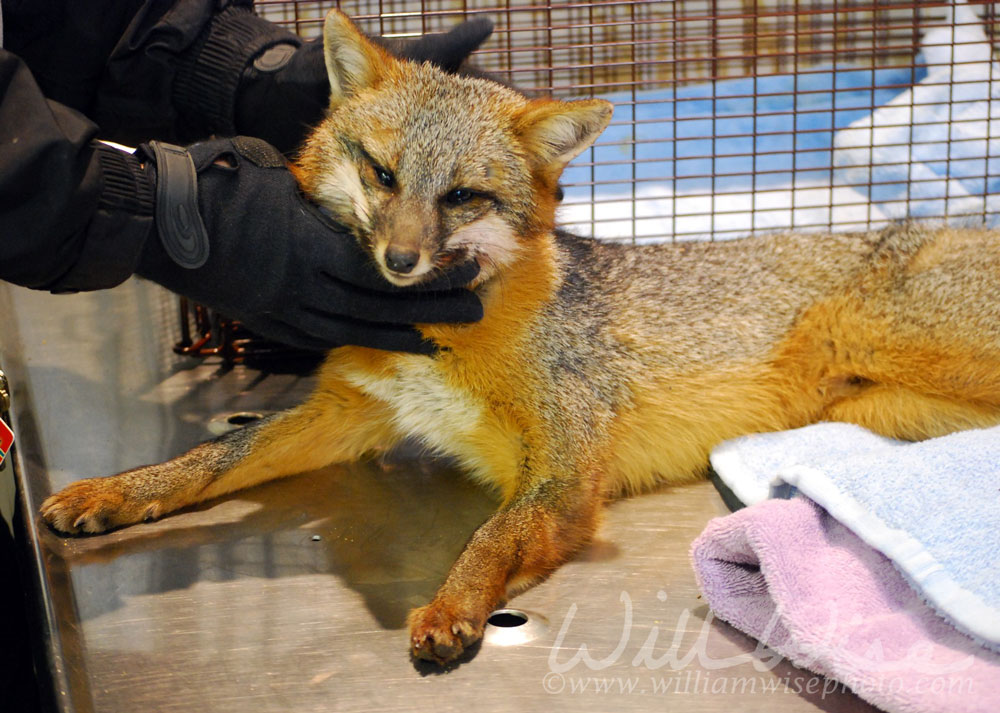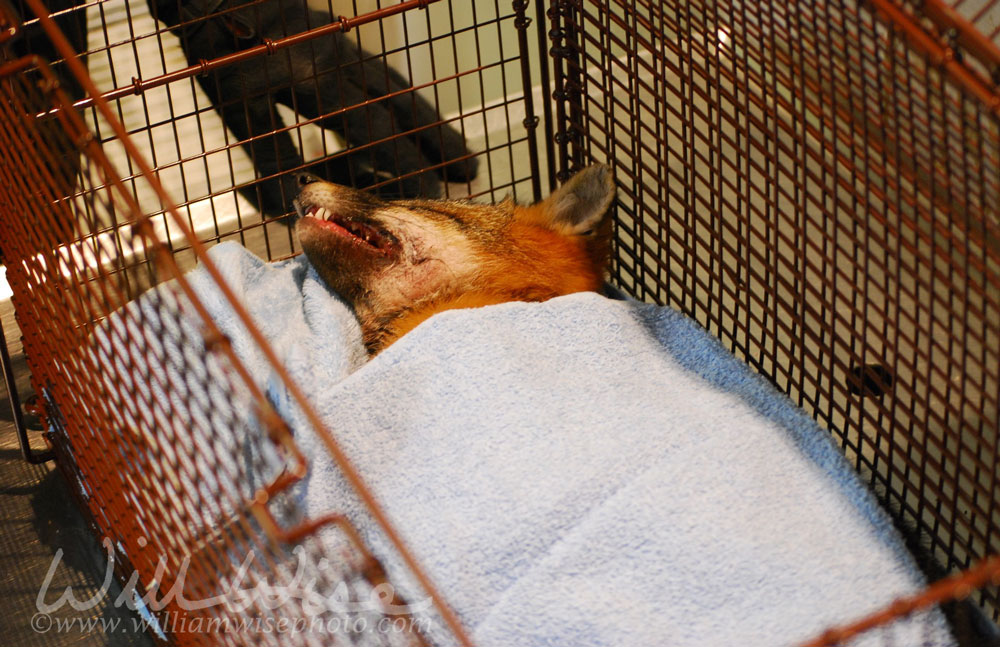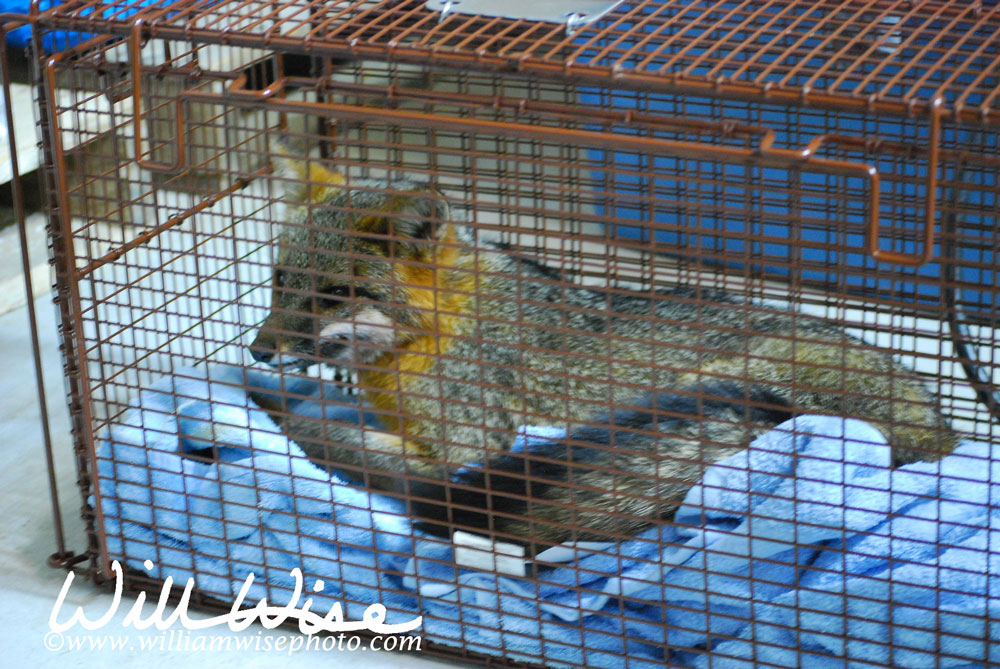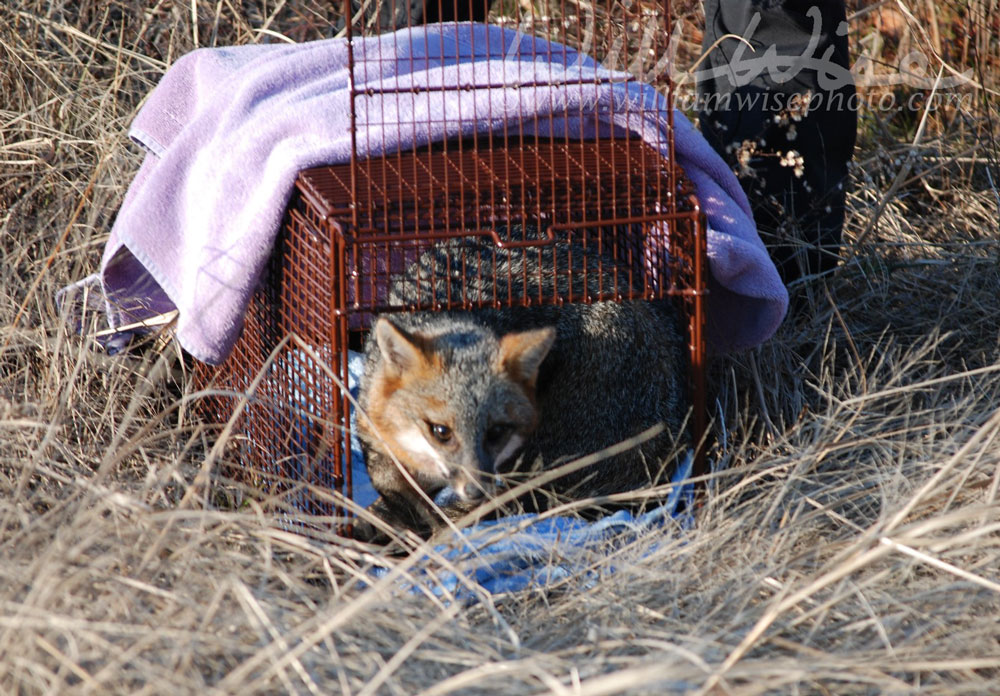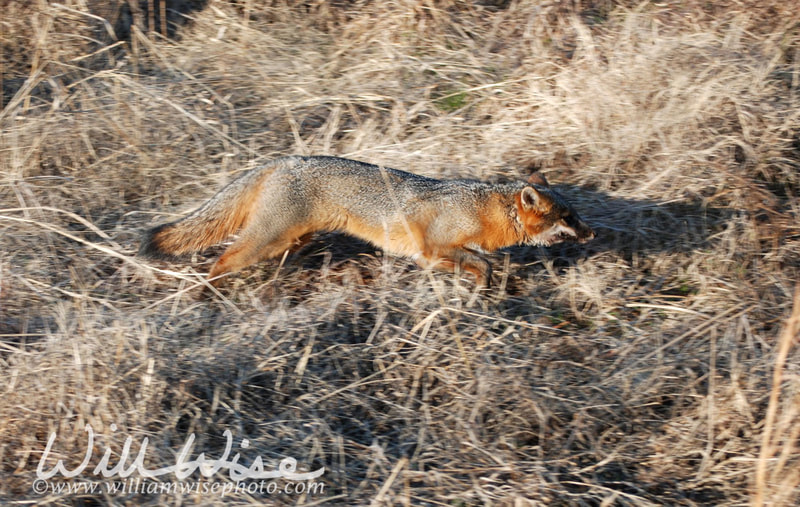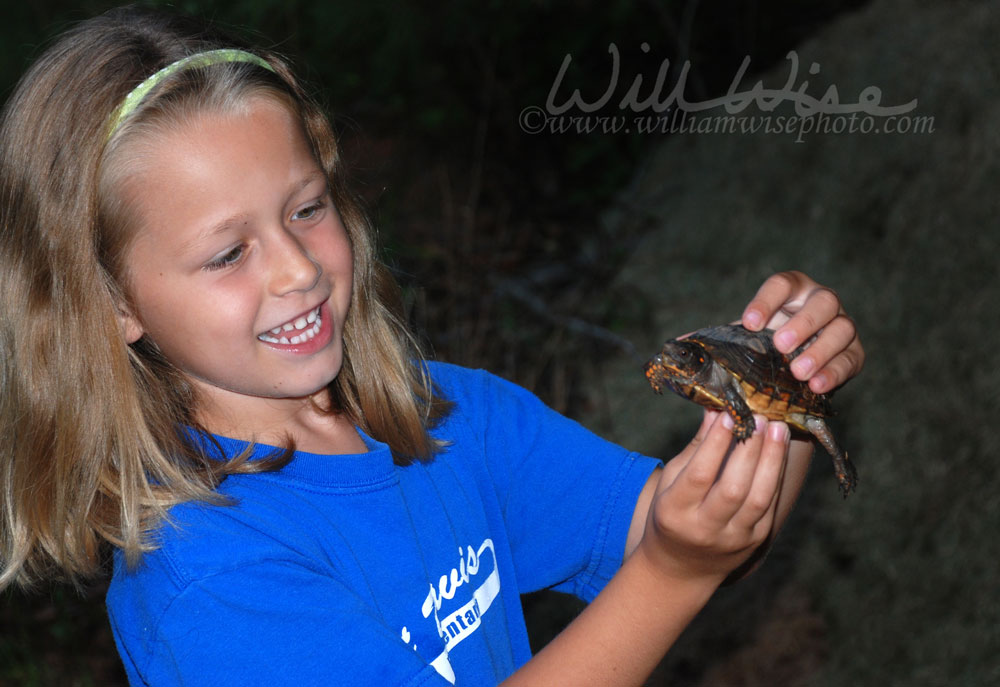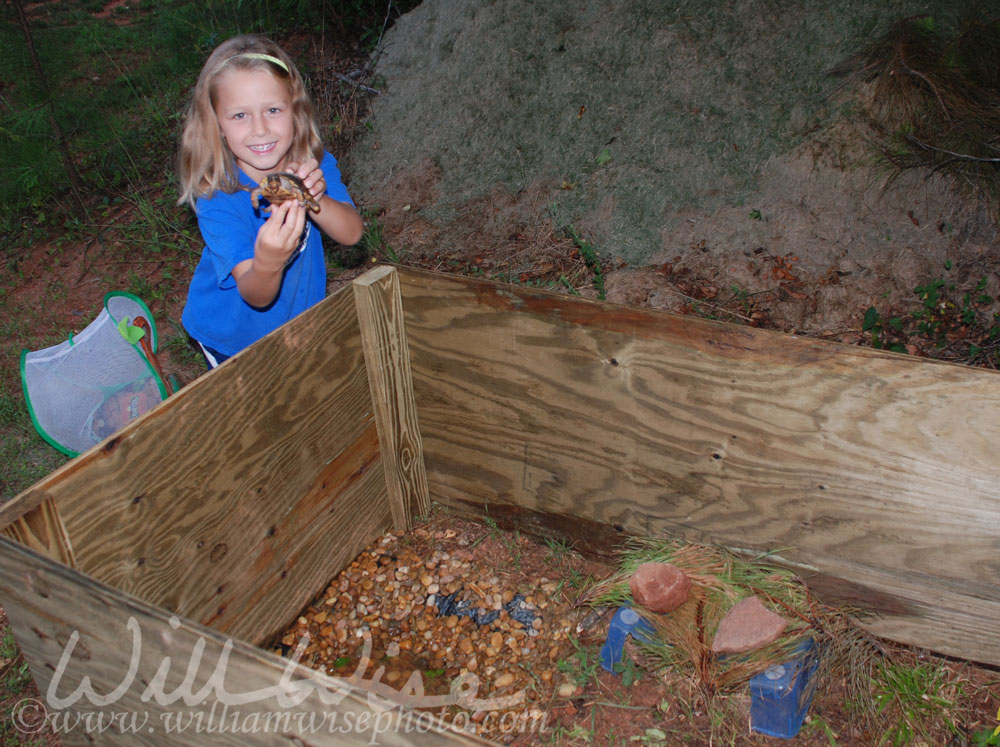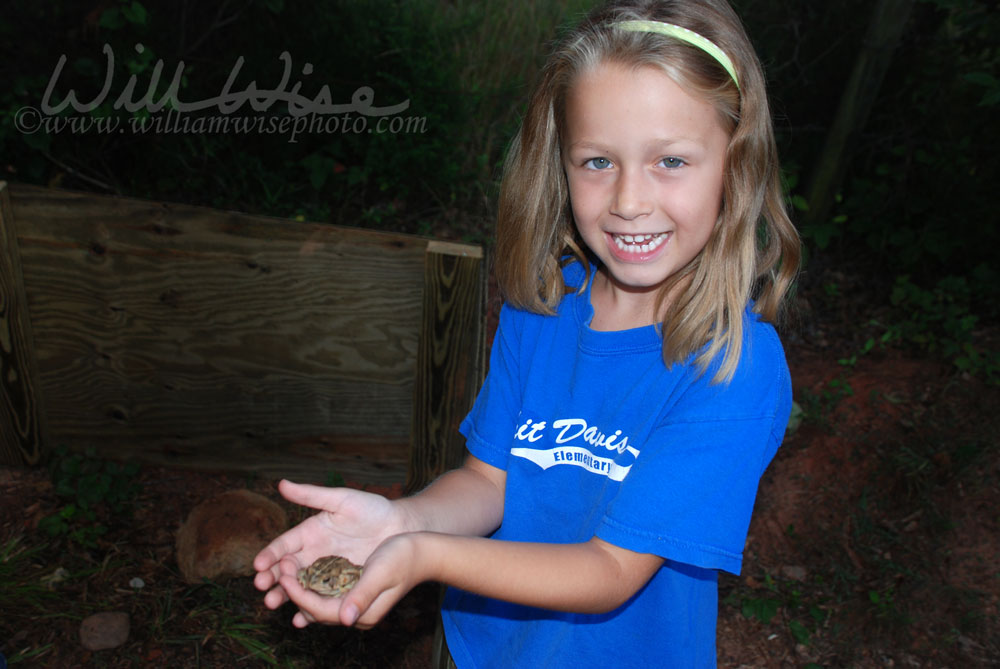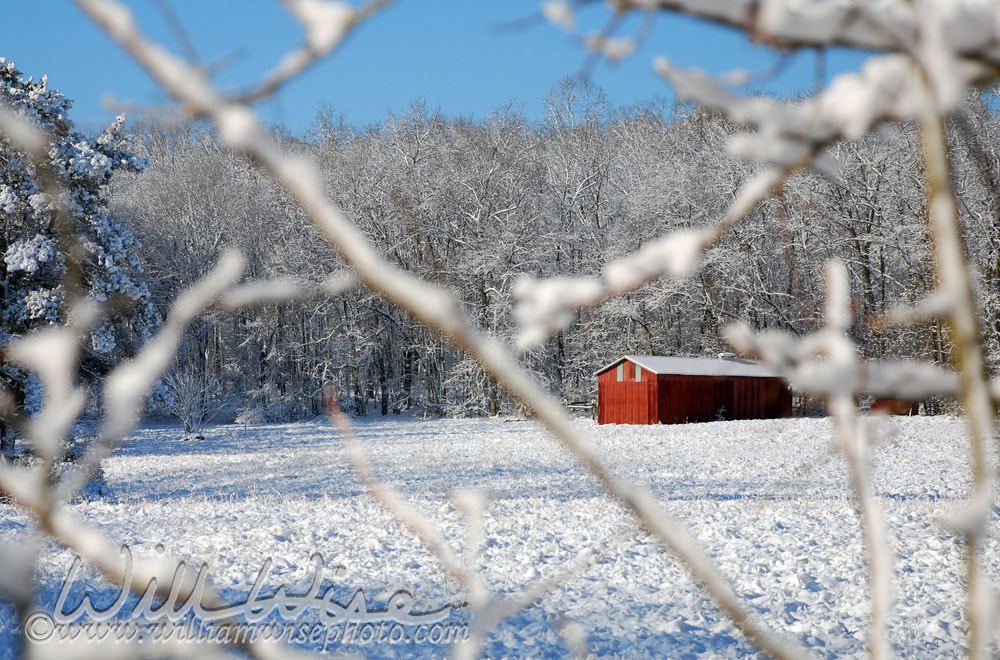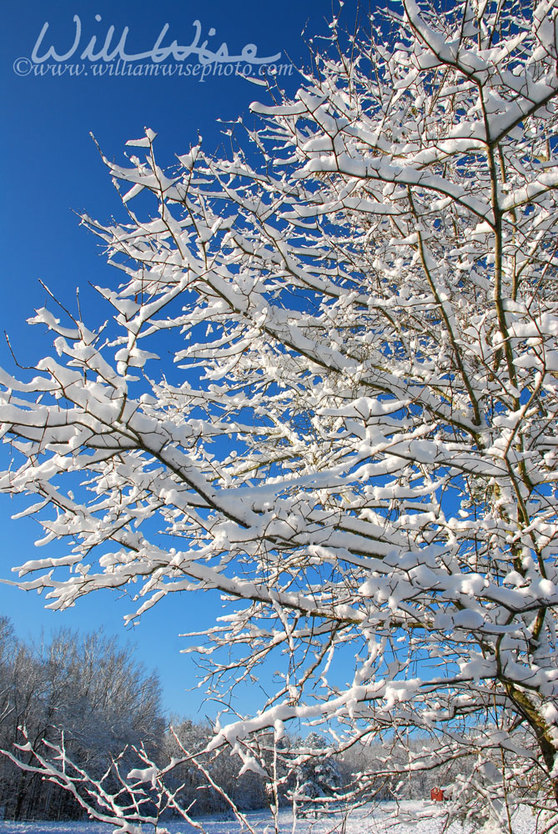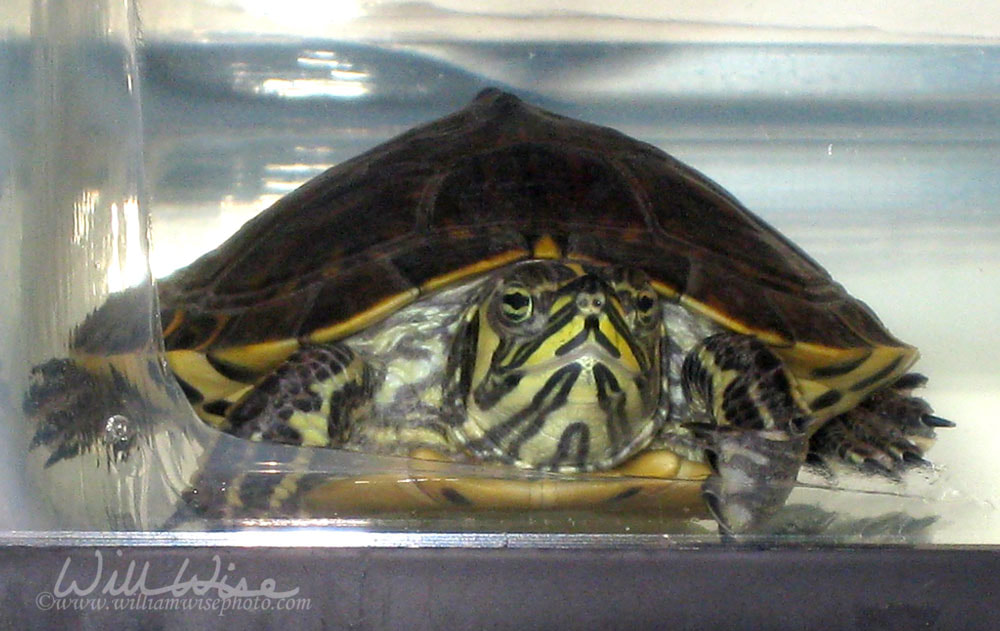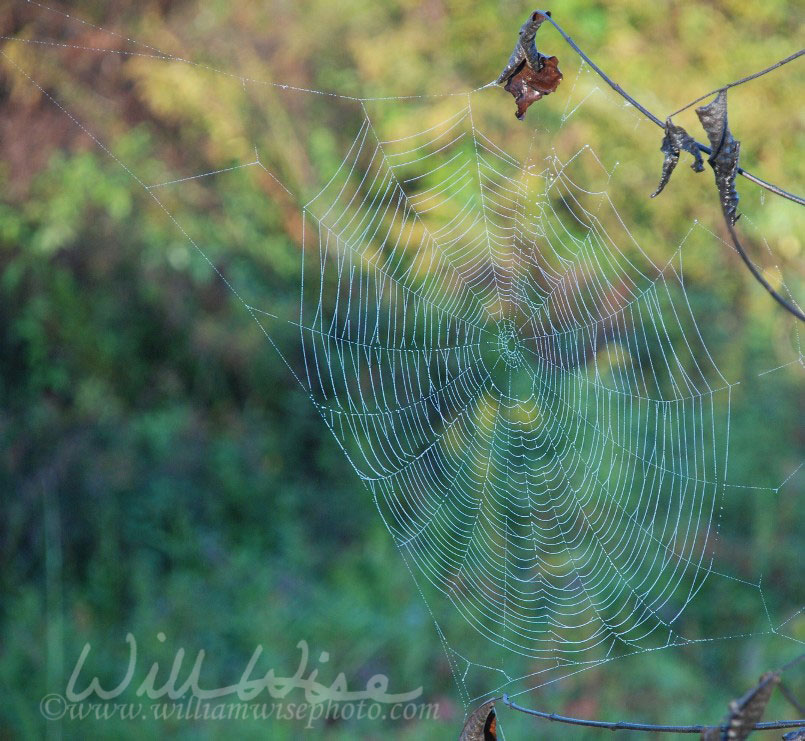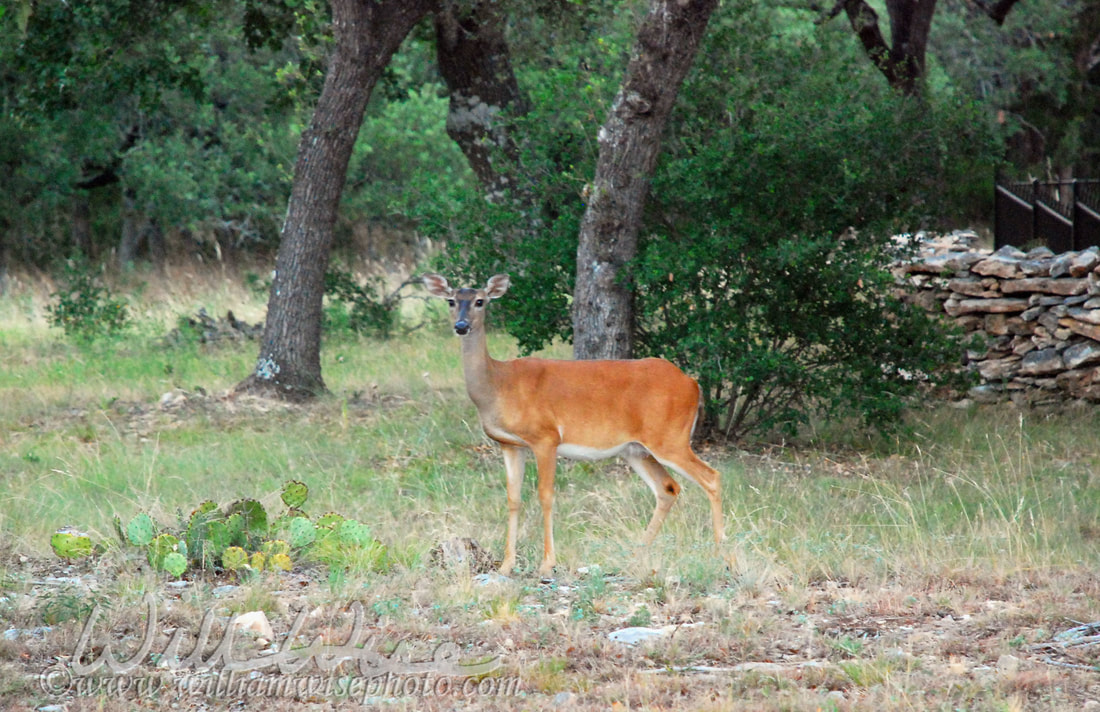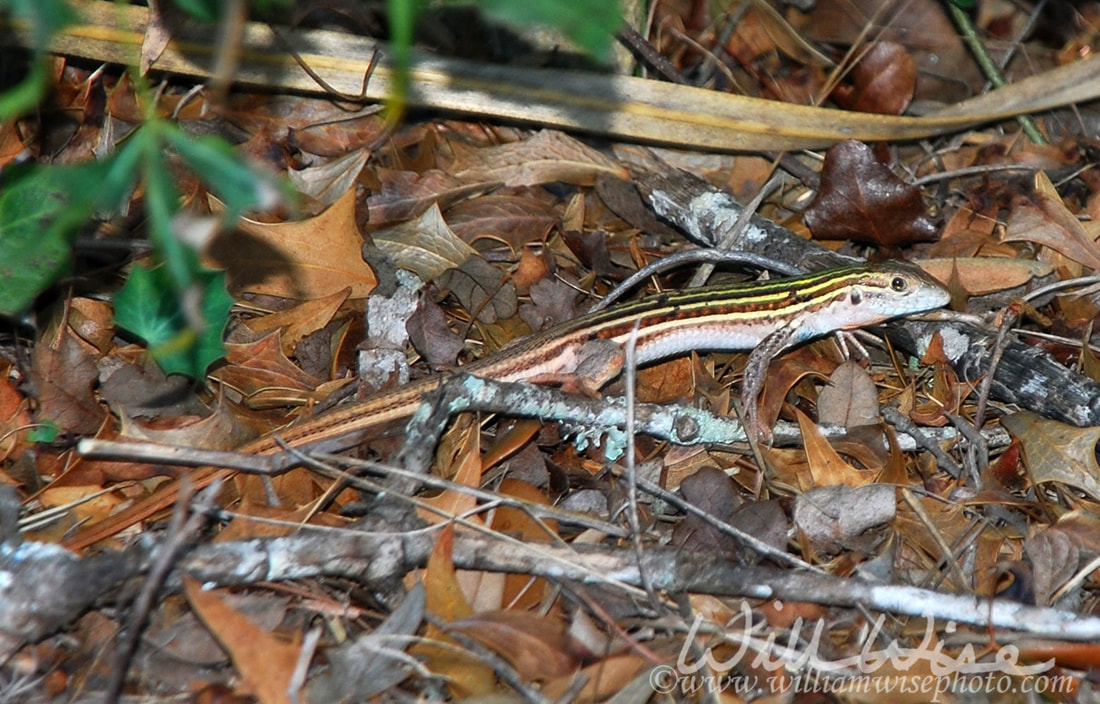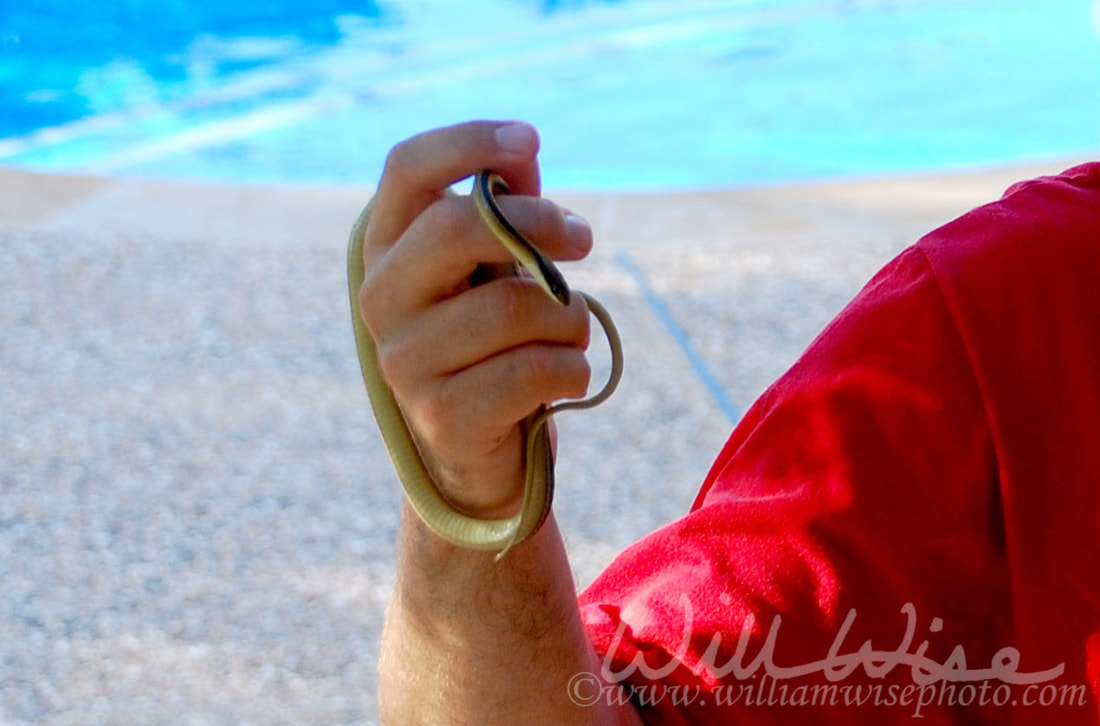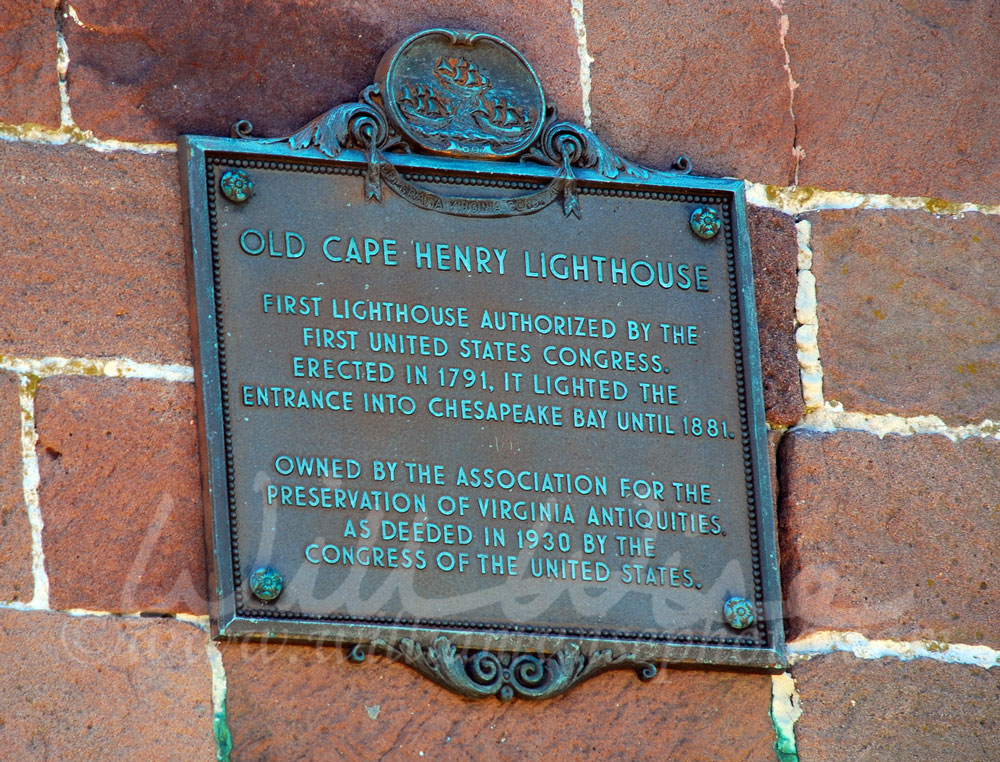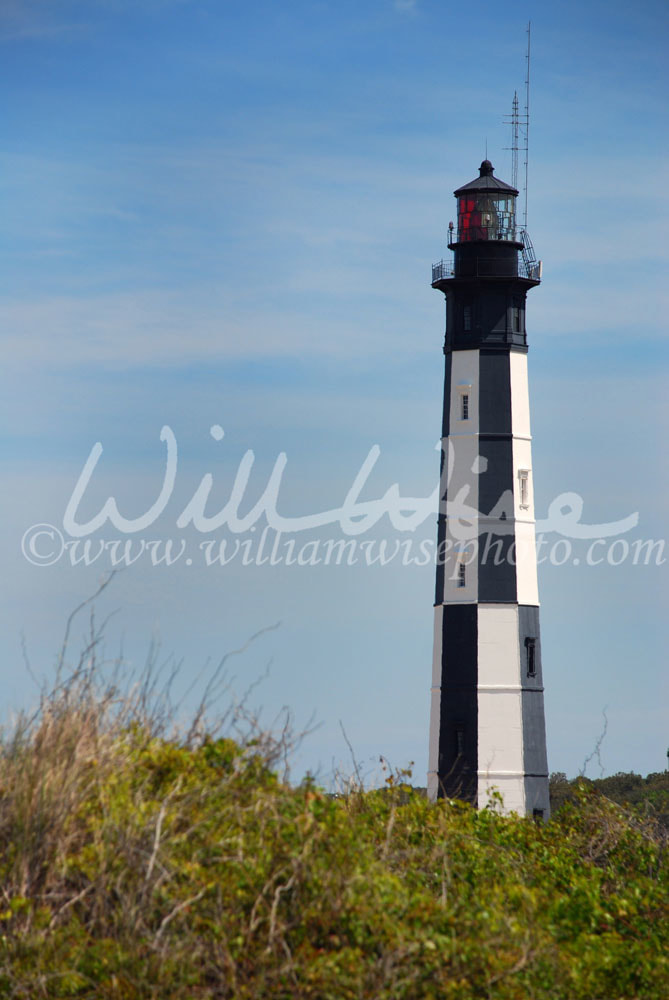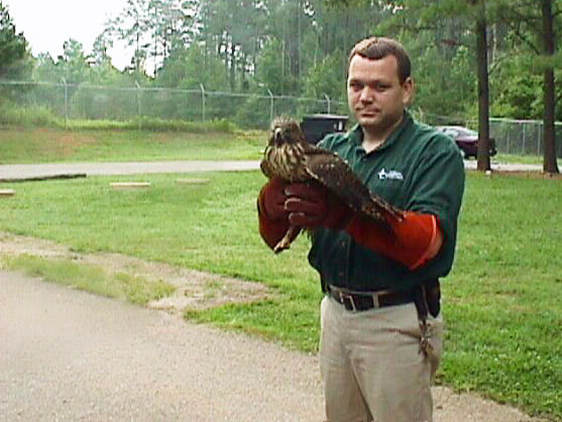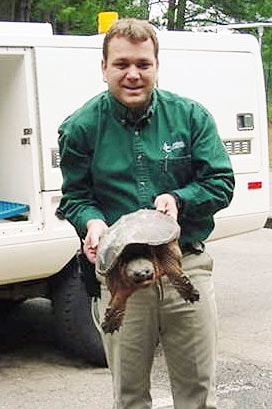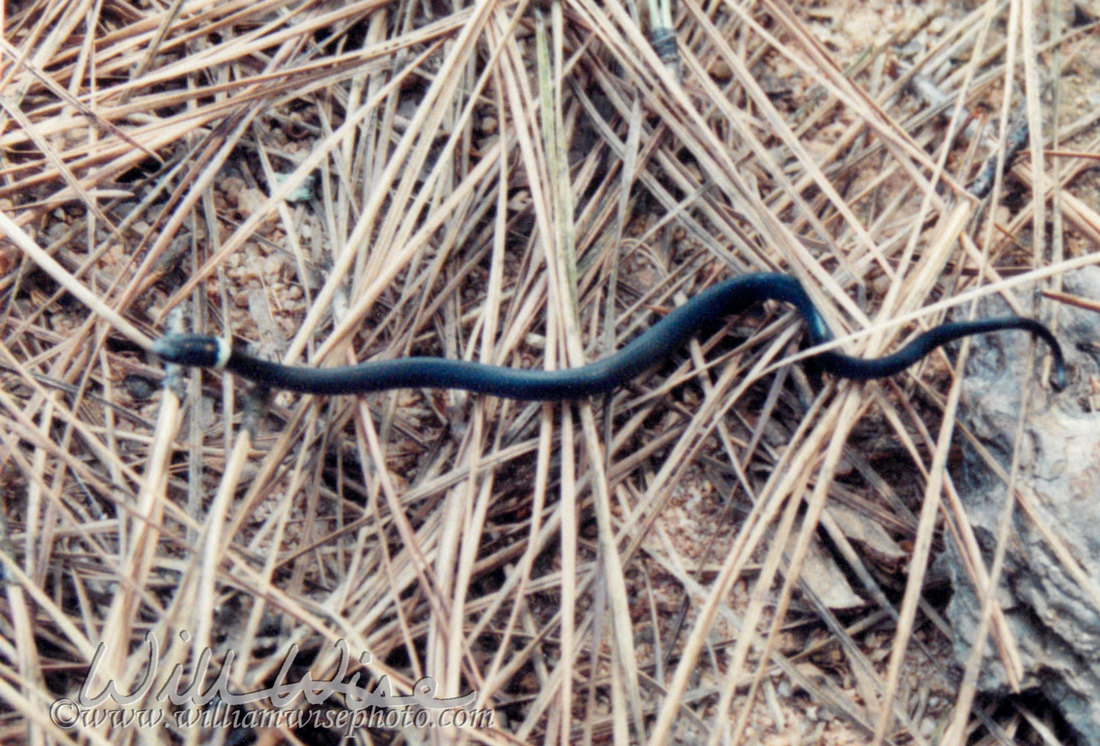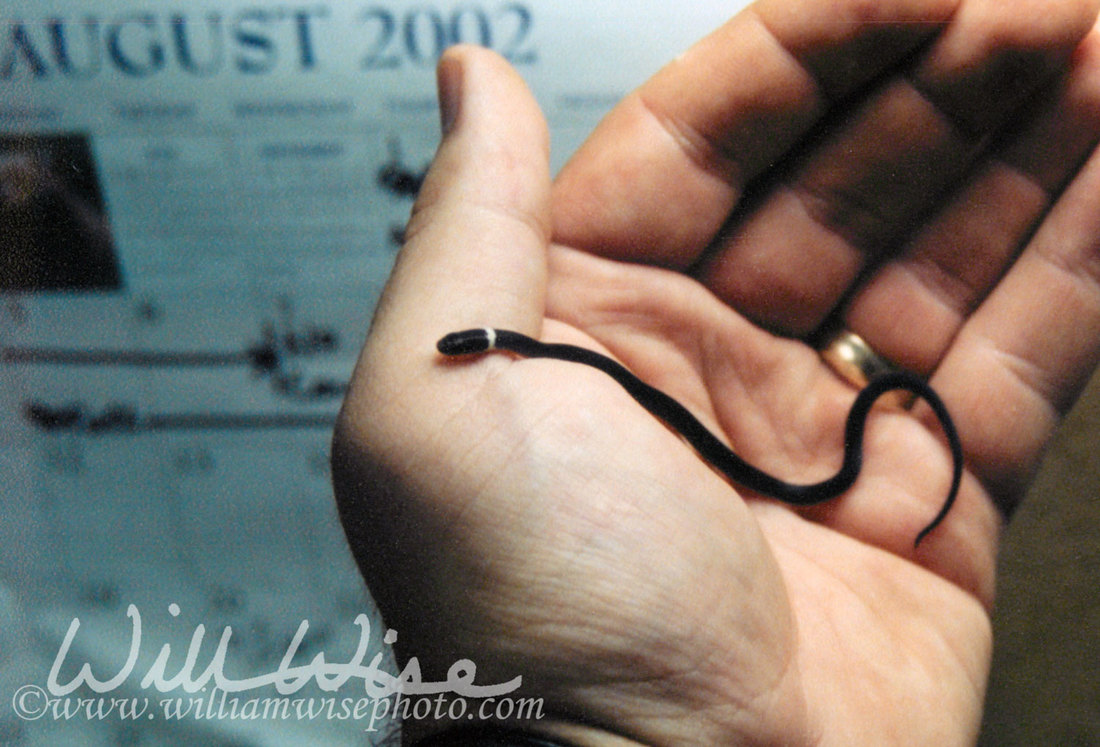 William Wise Photo Nature Notes is a wildlife, birding and nature photography blog documenting the wonders of God’s creation. “But ask the animals, and they will teach you, or the birds in the sky, and they will tell you; or speak to the earth, and it will teach you, or let the fish in the sea inform you. Which of all these does not know that the hand of the Lord has done this?" Job 12:7-9 Wednesday - Black Ratsnake captured inside a Walton County, Georgia house and photographed before release. A wonderful birthday present for me! Update 1/27/19 - I was recently corrected that I had used antiquated naming in this blog for Pantherophis alleghaniensis, the scientific name for this common eastern colubrid shown above. In my early days of “herping”, we referred to them as Black Ratsnakes. And who would argue? This was a fitting name for a long, black snake that eats rats and mice! But now the correct common name is “Eastern Rat Snake”. However, there are still some that refer to them as the even blander name of “black snake”. Although an accurate description, I suppose it leaves the identification open to confusion with Black Racers or Indigo Snakes. So I understand the desire for more clarity in a common name. Prior to my days, the now-called Eastern Rat Snake was known by locals as a “Pilot Snake”. Apparently, “old timers referred to them as Pilot Snakes in the mistaken belief that this snake pilots, or guides the venomous rattlesnake to safe denning areas in the forest.” Another common name I’ve heard by a few southerners is the “Chicken Snake”. Although this is no longer the name by which they are called, it was, again, quite appropriate. Not only does the Eastern Rat Snake like to eat rats, but it has a propensity for birds’ eggs as well. They will often climb trees and invaded nests. Eastern Rat Snakes are also sometimes found raiding the chicken coop. I once knew an older country lady who would place golf balls in her henhouse. She claimed, and reportedly to good effect, that the Rat Snakes would swallow the golf balls, become impacted in their intestines and die, thus ending the egg-snatching careers. Because of all of the changing of common names, and the many regional names for different animals, it is often better to refer to them by their Latinized scientific name. Or is it? It seems that too is subject to change! In my college wildlife classes, we learned the Rat Snake as Elaphe obsoleta. But I recently had to stand corrected and relearn its current scientific moniker of Pantherophis alleghaniensis. I have no idea why, but I’m sure it means something! So, what’s in a name anyway? I recently found and excellent article covering this issue called The Ratsnake Mess for Dummies by Mike Van Valen
0 Comments
I really don’t know how this Gray Fox got his head stuck in a chain-link fence, especially since there was a gap just a few inches to his right. Nevertheless he was thoroughly caught by the neck and exhausted from a night of struggle. Once he was safely sedated, we cut him free and brought him back to the shelter in a carrier to recover. Finding no external injuries and exhibiting no signs of rabies or distemper, once he was fully awake he was released back to the wild.
I'm not quite sure how it happened. Did my interest in reptiles spark my daughter, or did my daughter's interest re-spark me? Either way, we both had a desire to get out there on hikes and find all the little creatures. And like me in the 90's, my daughter wanted to bring them home! We found this box turtle and built it a little enclosure in the backyard to watch for a few weeks. Truly a "box" turtle!
9:27 AM Woke to find that the flurries that began yesterday hung on through the night to leave an inch thick coating of wet, clinging snow all around us. But the day quickly warmed and almost all was gone by evening. "Kylie" was picked up in an eviction when I worked with animal control. She came home and grew in an aquarium in my daughter's bedroom. Eventually we built a small outdoor pond where she lived for nine years until escaping when the water level rose too high during a rain storm.
 William Wise Photo Nature Notes is a wildlife, birding and nature photography blog documenting the wonders of God’s creation. “But ask the animals, and they will teach you, or the birds in the sky, and they will tell you; or speak to the earth, and it will teach you, or let the fish in the sea inform you. Which of all these does not know that the hand of the Lord has done this?" Job 12:7-9 Working at Walton Animal Control for just over a month, I began bringing my camera in each day to start photographing the dogs and post them on the internet. There had to be a way to get people to come and adopt from this small, rural shelter I just took over managing.
On my way out to shoot a dog, I passed the web in the parking lot. My camera has been put away for several years. The shelter photography would be the spark to bring it out again! June 15, 2008- A summertime trip to visit my parents on Austin, Texas. These are the first nature photos I still have saved using a digital camera, a Nikon D80 which I purchased in November 2007. Of all the wildlife sights to see in Texas, I only shot a couple of photos during this trip.
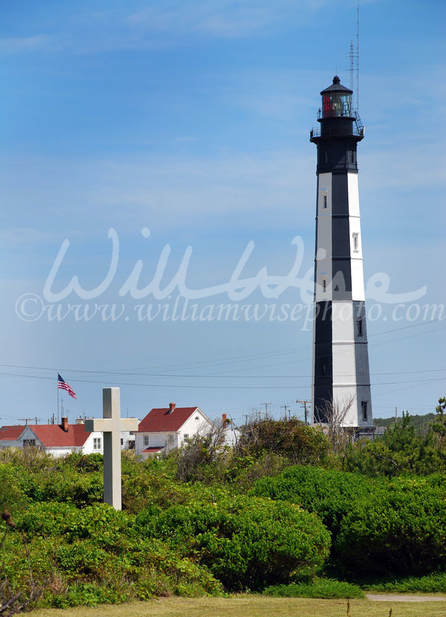 Cape Henry Memorial Cross, located on the tip of Cape Henry, marks the approximate site where Jamestown settlers first landed in the New World on April 27, 1607. First Landing State Park. The Cape Henry Lighthouse is a lighthouse at Cape Henry, the landform marking the southern entrance to Chesapeake Bay in the U.S. state of Virginia. From 2006 to 2009 my family and I relocated to the Hampton Roads area of Virginia to pastor a new church for our Fellowship. One of the main things I enjoyed about the Virginia Beach/Hampton/Yorktown area was the number of historical sites; both Revolutionary and Civil War.
Nestled below the two Cape Henry Lighthouses stands the First Landing monument. When the Jamestown settlers landed on dry ground in the new world in 1607, their first action was to erect a cross as a monument to their savior and deliverer. In our day of removing the old monuments deemed offensive by today’s standards (writing this in 2018), it is nice to reflect on a time when Christianity wasn’t “offensive” and Christian symbols appeared on nearly all of our founding monuments and buildings. I can distinctly recall the date when Christ made His “first landing” within my own heart on December 1, 1993. While there is no cement or carven structure to represent the event, the testimony of my very life stands as a monument to that event. Whatever you do, work at it with all your heart, as working for the Lord... Colossians 3:23 I began working with animal control in 1997. Through the years, I’ve had opportunity to closely interact with animals in hands-on rescue and release. Though I can’t be certain when these photos were taken, it was sometime between 2004 and 2006.
 William Wise Photo Nature Notes is a wildlife, birding and nature photography blog documenting the wonders of God’s creation. “But ask the animals, and they will teach you, or the birds in the sky, and they will tell you; or speak to the earth, and it will teach you, or let the fish in the sea inform you. Which of all these does not know that the hand of the Lord has done this?" Job 12:7-9 |
Categories
All
Archives
July 2025
|
|
All content is ©williamwisephoto.com. Please don't steal images. My images are available at dreamstime.com. Stock sales go into the shelter photography program.
|
In December 1993 I came to know the Designer and Creator of this wonderful planet and its creatures: Jesus Christ.
|
Donations help support the animal shelter adoption photography equipment and adoption website hosting and domain fees. Thanks for your support!
|

